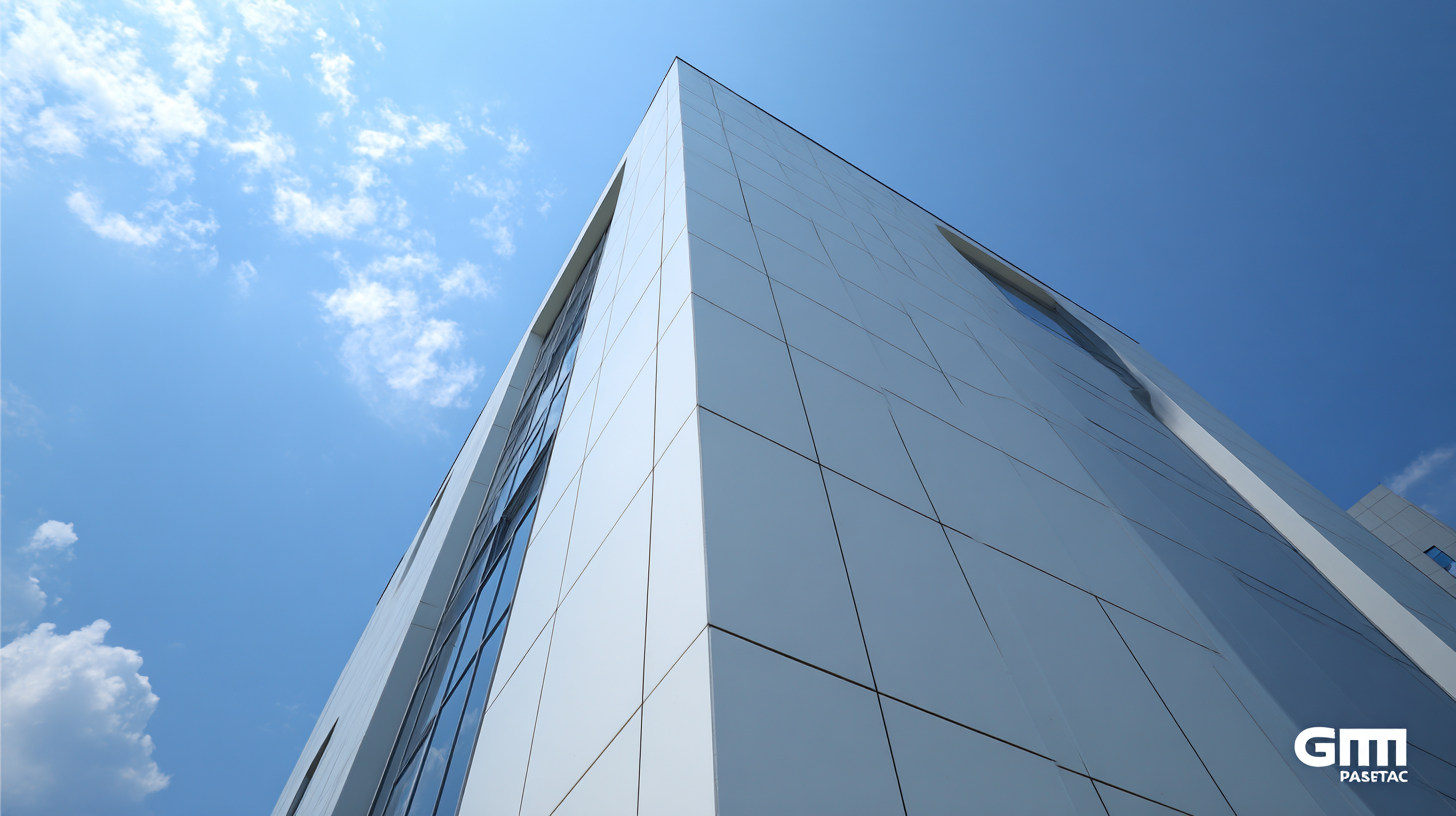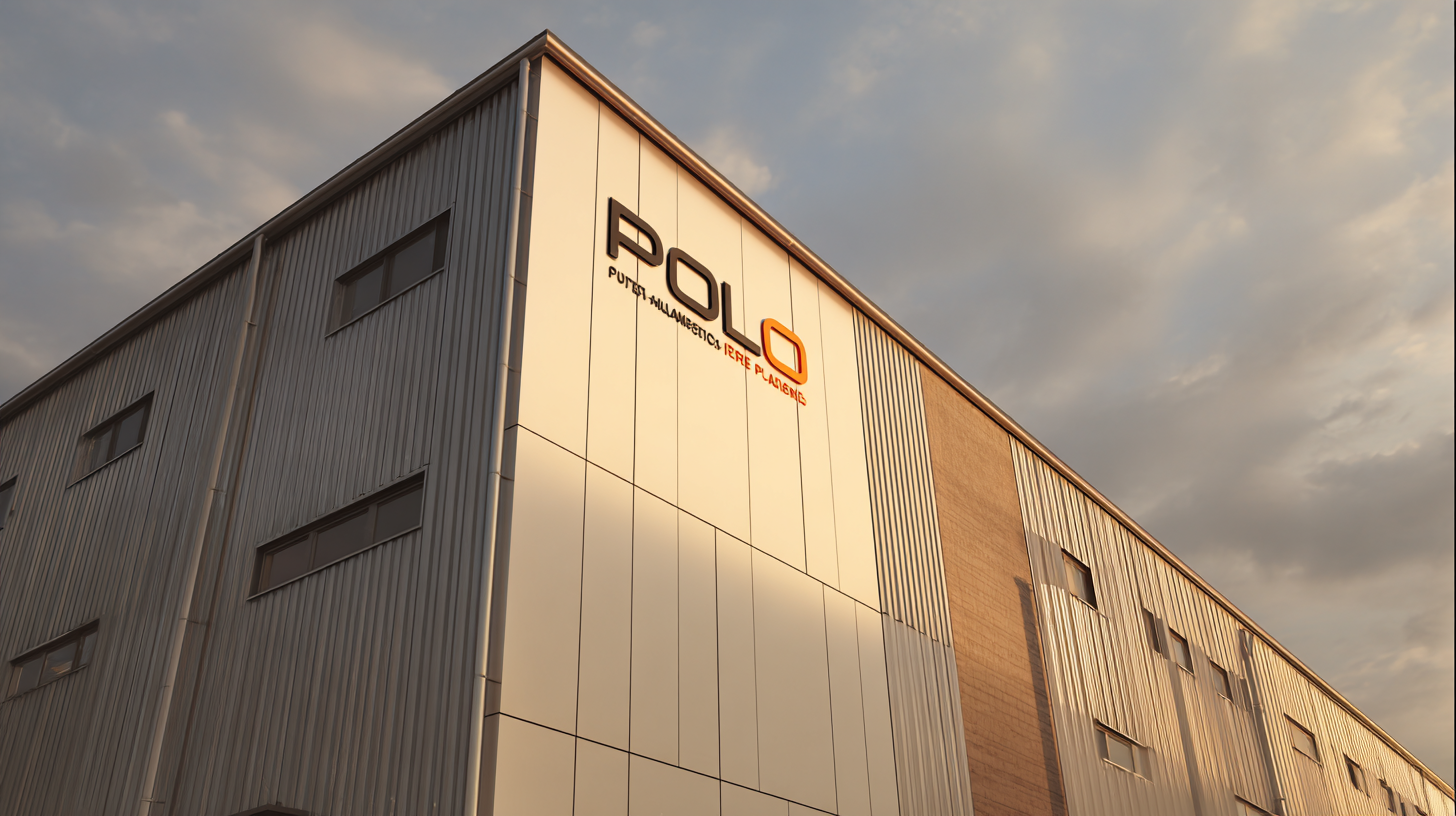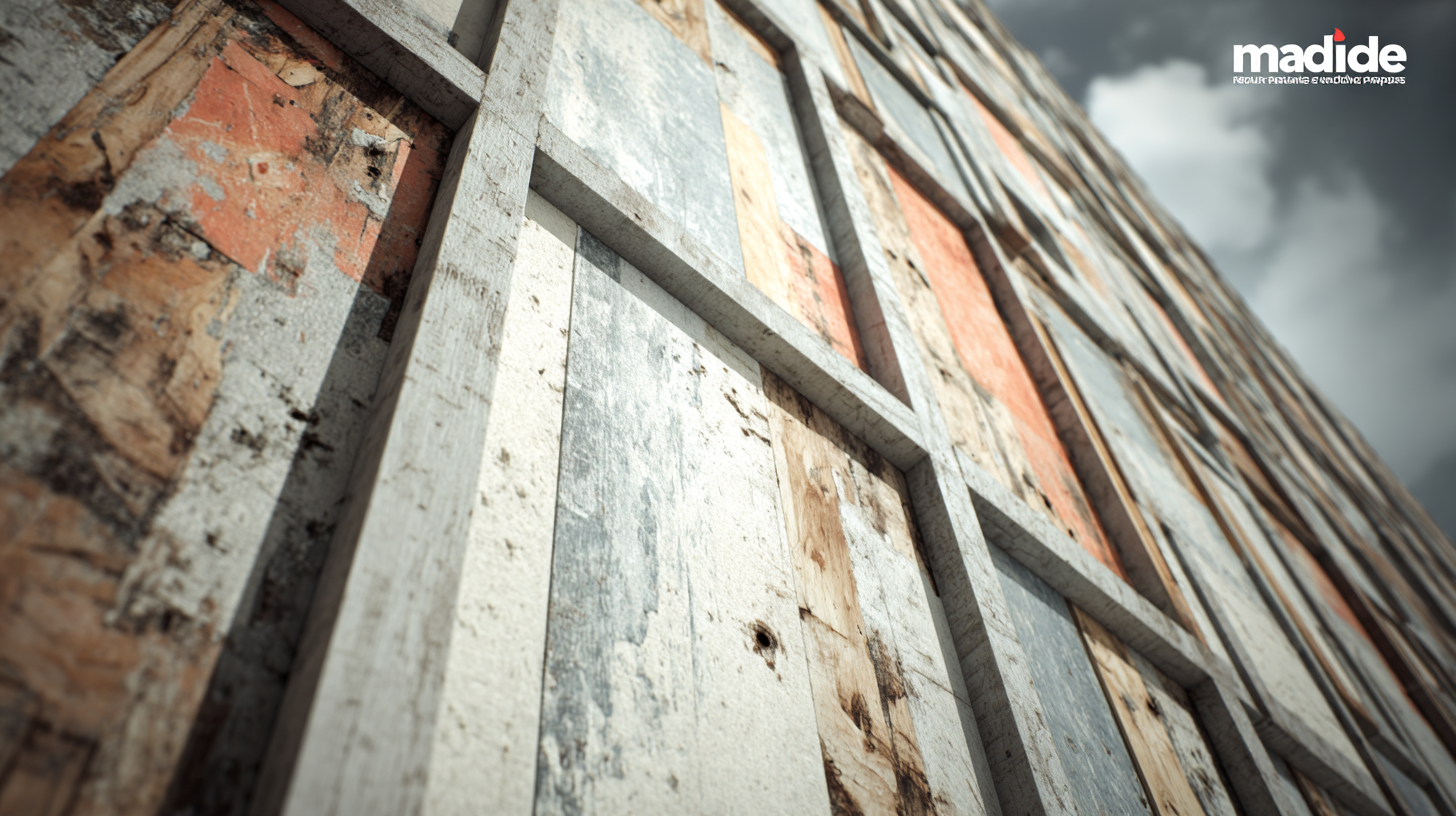In recent years, the construction and architectural industries have witnessed a significant shift towards the use of Cladding Wall Panels, driven by their aesthetic appeal and functional advantages. According to a report by MarketsandMarkets, the global cladding market is projected to reach USD 330.2 billion by 2027, growing at a compound annual growth rate (CAGR) of 5.4%. This surge is attributed to the increasing demand for innovative building materials that offer thermal insulation, weather resistance, and enhanced building exteriors. As property owners and builders prioritize sustainability and energy efficiency, selecting the right manufacturer for Cladding Wall Panels becomes crucial. This comprehensive guide will navigate the complexities of finding a reliable supplier, addressing key factors such as material quality, production capabilities, and industry certifications, ultimately ensuring your project not only meets aesthetic standards but also adheres to stringent performance requirements.

As we look towards 2025, the cladding wall panel industry is poised for significant evolution, driven by evolving consumer preferences and technological advancements. One of the key trends is the increasing demand for sustainable materials. Manufacturers are now focusing on eco-friendly options, such as recycled materials and natural finishes, to meet the growing environmental considerations of both consumers and regulatory bodies. This shift not only helps in reducing carbon footprints but also appeals to a market that prioritizes sustainability in their purchasing decisions.
Another notable trend is the integration of smart technology within cladding wall panels. The rise of smart homes and buildings is influencing manufacturers to develop panels that can monitor energy efficiency, provide thermal insulation, and even enhance aesthetic appeal through dynamic color changing features. These innovations are making cladding wall panels more than just a protective outer layer—they’re becoming integral components of modern architecture. As these trends gain momentum, manufacturers will need to adapt their offerings to stay competitive, ensuring that they not only meet current needs but also pave the way for future developments in the industry.
This chart illustrates the expected growth in various materials used for cladding wall panels by 2025, showing the trends in percentage share of the total market.
The use of sustainable materials in cladding wall panels is increasingly impacting the construction industry, particularly in terms of market growth and architectural innovation. According to market reports, the global acoustic panel market is projected to reach approximately $11.38 billion in 2024, with expectations of growing to $11.06 billion by 2032. This growth is largely fueled by the integration of sustainable materials, driving demand for eco-friendly building solutions that align with modern sustainable architecture trends.
Moreover, the exterior wall systems market is anticipated to grow at a robust CAGR of over 7.9% from 2023 to 2032. This rapid expansion mirrors a global shift towards green building practices, emphasizing efficient energy use and resource conservation. As cities evolve and prioritize sustainability, the incorporation of recycled and sustainable materials in cladding wall panels not only enhances environmental compliance but also meets growing consumer and regulatory demands for greener construction practices. In the United Kingdom alone, the market for recycled plastics in sustainable building materials is estimated to be worth $459.57 million, with a projected CAGR of 6.90% from 2025 to 2035, highlighting a firm commitment to sustainable development within the construction sector.
When evaluating manufacturing techniques for cladding wall panels, two primary factors come into play: precision and cost-effectiveness. Precision in manufacturing is crucial for ensuring that panels fit seamlessly and meet architectural specifications. According to a report by MarketsandMarkets, the global market for exterior wall cladding is expected to grow to $276 billion by 2025, driven significantly by the demand for high-precision materials that enhance building longevity and aesthetics. Manufacturers using advanced techniques, such as CNC machining and laser cutting, are better positioned to deliver high-quality products that meet stringent industry standards.

On the other hand, cost-effectiveness remains a top priority for many construction projects. A survey conducted by McKinsey found that construction projects often exceed their budgets by 20-30% due to inefficient processes and material waste. Therefore, manufacturers who can balance precision with cost efficiency—perhaps through lean manufacturing practices or the use of innovative, less expensive materials—gain a competitive edge. In this high-stakes environment, companies must embrace both the latest technology and smart, economical practices to not only survive but thrive in the growing cladding market.
In recent years, the market for aesthetic fillers has gained significant traction, paralleling the rise of trends in consumer products such as bubble tea. Originating in Taiwan in the 1980s, bubble tea is now a global phenomenon, sparking an interest in customization and aesthetic appeal that extends beyond beverages. Just like consumers are drawn to unique flavors and textures in bubble tea, they also seek distinct designs and customization options in wall panels, leading to a burgeoning demand for manufacturers who understand these aesthetic preferences.
As the aesthetic fillers market is projected to grow from $622 million in 2025 to $1.234 billion by 2033, manufacturers must adapt to this evolution by offering tailored solutions that resonate with today’s consumer preferences. The trend highlights the significance of customization, as buyers increasingly desire products that reflect their individual tastes and styles. Whether it’s the vibrant colors of bubble tea or the intricate patterns of cladding wall panels, the link between market demands and aesthetic choices is more pronounced than ever, emphasizing the need for manufacturers to stay attuned to consumer desires in order to thrive.
| Manufacturer Location | Customization Options | Aesthetic Preferences | Material Types | Price Range (per panel) | Lead Time (weeks) |
|---|---|---|---|---|---|
| North America | High | Modern, Rustic | Aluminum, Wood | $50 - $100 | 6 - 8 |
| Europe | Medium | Contemporary | Composite, Vinyl | €40 - €90 | 4 - 6 |
| Asia | Low | Traditional, Minimalist | Steel, Fiber Cement | ¥300 - ¥600 | 8 - 10 |
| Australia | Medium | Beach Style, Eco-Friendly | Timber, Stone | AUD 60 - AUD 130 | 5 - 7 |
Choosing the right manufacturer for cladding wall panels is crucial for ensuring quality and durability. When selecting a manufacturer, one of the first aspects to consider is the quality of their products. Look for manufacturers that use high-grade materials and adhere to industry standards. Requesting samples can provide insight into the manufacturing process and the final product's quality. Certifications from recognized quality organizations can also serve as a badge of assurance that the products meet specific benchmarks.

Compliance is another critical factor in the decision-making process. Ensure that the manufacturer adheres to local and international building codes and environmental regulations. This not only guarantees the safety and legality of the cladding panels but also reflects the company’s commitment to sustainable practices. Lastly, assess the reliability of the manufacturer by researching their track record, customer reviews, and project timelines. A manufacturer with a solid reputation for timely deliveries and excellent customer service will help ensure your project runs smoothly.
